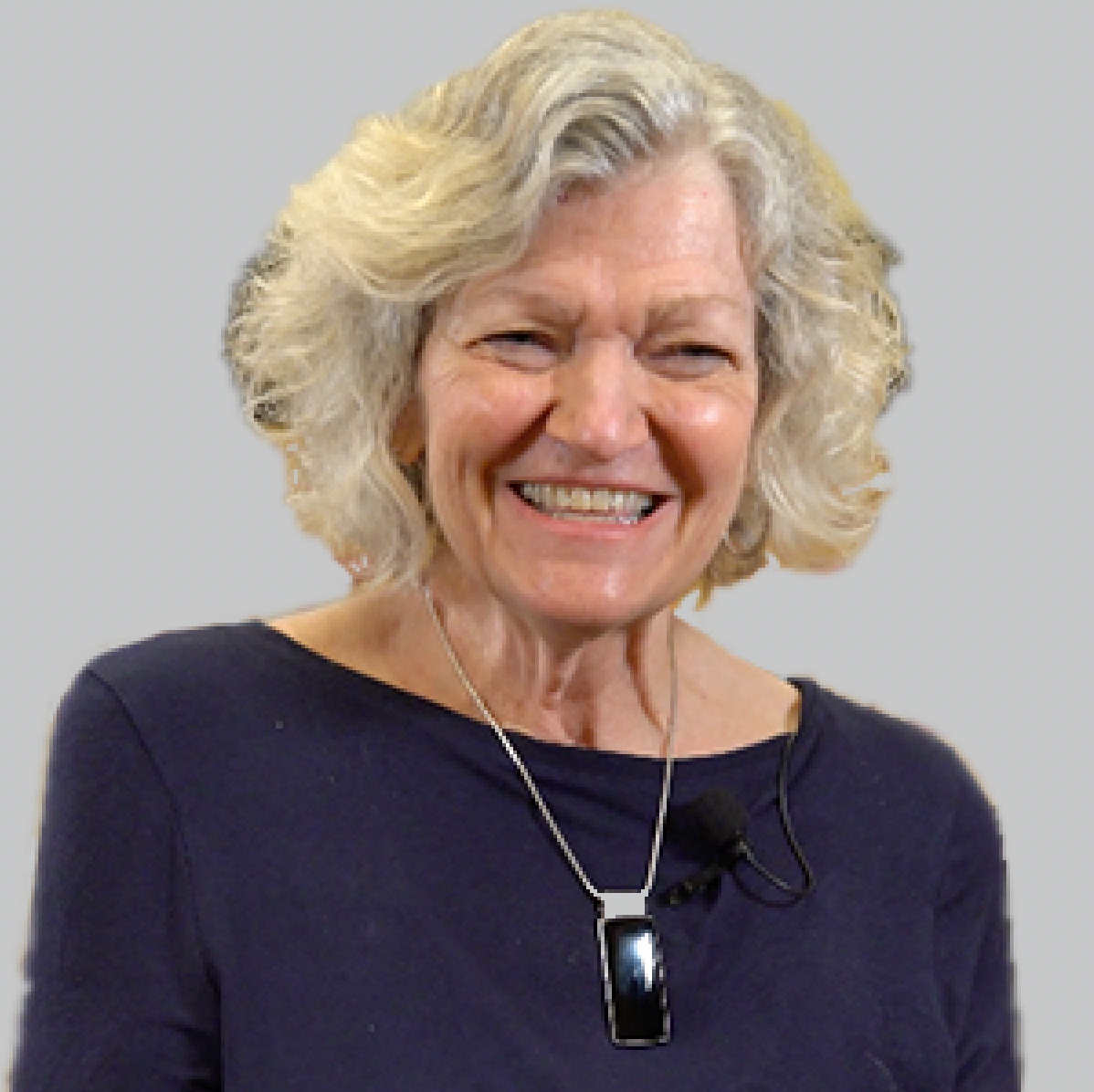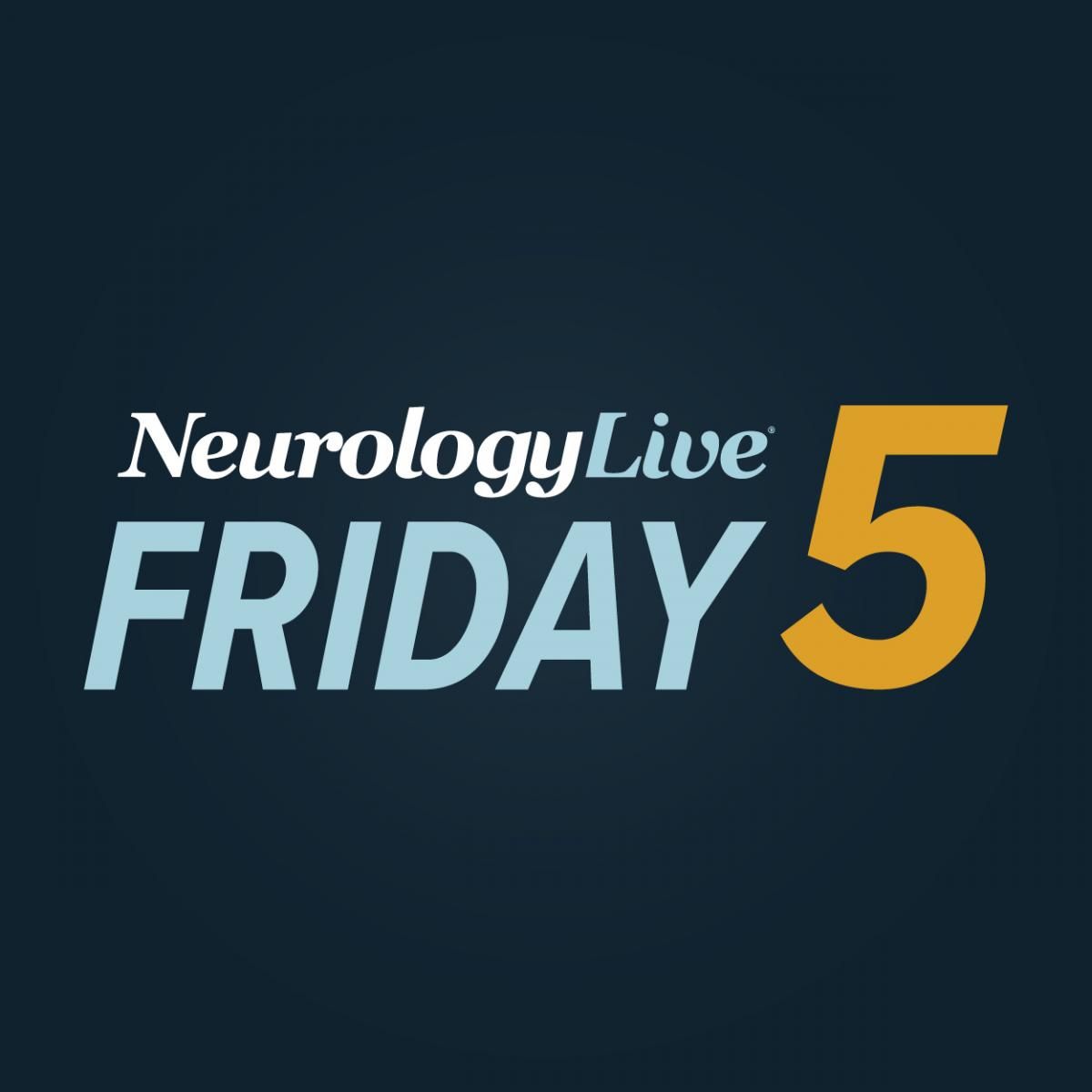Commentary
Article
Advancing Neurology Through Compassion and Innovation: Insights from Dr. Hubble
Author(s):
Jean Hubble, MD, a retired movement disorder specialist and consultant to the PMD Alliance, shares her reflections on National Women Physicians Day, the unique contributions of women in neurology, and the pathways to fostering future leaders in movement disorders care.
Jean Hubble, MD

National Women Physicians Day, observed on February 3, celebrates the achievements of women in medicine and honors Dr. Elizabeth Blackwell, the first U.S. woman to earn a medical degree, born on this day in 1821. The day highlights both the progress women physicians have made and the challenges they continue to face, such as pay gaps, burnout, and underrepresentation in leadership. It’s a time to reflect on their resilience, advocate for equity, and inspire future generations to pursue careers in medicine.
To honor the day, NeurologyLive® reached out to several women physicians, including Jean Hubble, MD, asking them to share their experiences working in neurology as a woman and what Women Physicians Day meant to them. Hubble, a retired movement disorder specialist and consultant to the Parkinson & Movement Disorder Alliance (PMD Alliance), reflects on National Women Physicians Day as both a celebration of pioneers like Dr. Elizabeth Blackwell and a call to address persistent inequities such as pay gaps and burnout.
In the discussion, she emphasized the compassionate, individualized care women often bring to Parkinson disease (PD) management, enhancing interdisciplinary collaboration. Additionally, Dr. Hubble discusses CAMP-FiRE, a mentorship initiative by PMD Alliance fostering career development in movement disorders, and shares insights on attracting young professionals to the field. She outlines diverse career paths in academia, private practice, and industry, underscoring opportunities for innovation and impact in movement disorders care.
NeurologyLive: What does National Women Physicians Day mean to you? Talk about your experience as a woman in the medical workforce/in neurology.
Jean Hubble, MD: To me as a female neurologist, National Women Physicians Day serves a dual purpose.
It is a day to reflect upon and honor the amazing women who’ve led the way starting with Dr. Elizabeth Blackwell, the first woman US medical school graduate, and the many who followed in her footsteps.These women’s accomplishments are noteworthy, not only for their contributions to clinical care and scientific innovation, but for advancing public health and social justice causes.
But it is also a day to acknowledge the many challenges and obstacles that continue to confront women physicians. Women still make up a minority of medical doctors in the U.S. and are paid less on-average.And by most accounts, we’re more likely to suffer burnout and drop-out of the physician workforce as compared to our male counterparts.Even our personal lives may be affected as divorce rates appear to be higher among women physicians compared to men.
I suggest that we use the day to commit to redoubling our efforts to overcome these challenges both in honor of the pioneering women who came before us and also in recognition of the precious lives of those who place their care in our hands.
What role do women play in the interdisciplinary care of Parkinson disease? What invaluable traits/qualities do women bring to this subspecialty?
Parkinson disease affects each person uniquely in their daily lives and this changes over time with this chronic condition. In order to provide optimal care, the treating physician must possess state-of-the-art knowledge of available treatments and research initiatives.But it’s equally important that the clinician is able to work with the individual and their care partner in developing a personalized treatment plan adapting it to their changing physical, mental, emotional, and social needs. The physician needs to recognize when and how best to draw upon the expertise and assistance of other members of the interdisciplinary team which may include other health care providers, social workers, physical therapists, and speech therapists, and more.
In my experience, women physicians often possess the degree of compassion and patience needed to provide this type of attentive, individualized clinical care.
Discuss the ins and outs of CAMP-FiRE and how this can be used to propel professional success?
The Parkinson & Movement Disorder Alliance (PMD Alliance) has long been committed to fostering the development of successful and gratifying careers in Movement Disorders.And so, in 2024, the Alliance initiated the Career Advice & Mentorship Program for Fellows & interested Residents called CAMP-FiRE and asked me to serve as advising consultant on the program. Selected movement disorders fellows and senior neurology residents are invited into the program as mentees.
Key Aspects of CAMP-FiRE:
- Each mentee is surveyed for their special areas of career interest & needs and individually matched to an established movement disorders expert as their personal mentor
- The program kicks off with a face-to-face introductory meeting between mentee-mentor in April-June.
- Several 1:1 virtual mentoring sessions occur over the course of the 12 months program.
- The PMD Alliance hosts Information Exchange Webinars throughout the year and arranges networking social events for the mentees and mentors at medical congresses and conferences
The CAMP-FiRE program offers an opportunity for neurology residents and fellows to gain unique perspectives and candid advice from their own personal mentor. As a retired movement disorders specialist, I can truly say that the CAMP-FiRE program has given me great hope for the future of our field as I witness the unfailing passion and dedication demonstrated by everyone participating in the program.
How do we continue to attract young medical professionals, women and men alike, to the movement disorder field?
There is well-founded concern as to whether we will be able to attract and maintain the needed young medical professionals to the movement disorders field. There is a shortage now and this need will only increase as the number of individuals with Parkinson disease and other movement disorders grow as the U.S. population ages. I think that there are two very important aspects of our discipline that should be emphasized to those considering this as a career choice.
Firstly, there are many exciting diagnostic, medicinal, device, and surgical treatment advances in movement disorders and more are on the way. It’s truly an opportunity to be a contributor to cutting edge neurological innovation and its application. But, in addition, to advancing the field as a whole, a movement disorders specialist can make such a difference in the life of each individual person to whom they provide care. It is so gratifying!
What types of different career paths can young students take in movement disorders?
There are now several paths in movement disorders and these often overlap or change for the movement disorders neurologist during the course of their career.
One pathway is at an academic medical institution, often called a “teaching hospital” and typically affiliated with a university.Traditionally, the movement disorders specialist at an academic facility has worn three hats as clinician, educator, and researcher. Now, however, it’s not unusual to see more flexible career paths taken at academic institutions so that the individual is able to focus more time on specific areas of interest and expertise such as basic science research, outpatient clinical care, clinical trial research, education of students and residents, and community outreach.
The second path forward for the newly trained movement disorders specialist is within private practice either joining an existing practice or setting up a new practice. Traditionally, the private practice specialist focused on providing outpatient diagnostic services and clinical care in their neurology offices with admitting privileges at the local hospital.However, just like with the academic pathway, the private practice model has greatly evolved. Many in private practice offer subspeciality interdisciplinary care, conduct clinical trials, and are key medical educators and advisors.
The third path is within the pharmaceutical, device, and diagnostics industries either as a full-time employee, a part-time employee, or as a consultant. While it can be a path chosen immediately upon training completion, it’s more typical that industry employment is considered a bit later in one’s career. Within industry, the movement disorders specialist can play a vital role in the development of new diagnostic tools and novel therapies, and work to ensure their safe and most effective applications.
Transcript edited for clarity.




